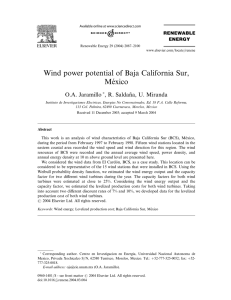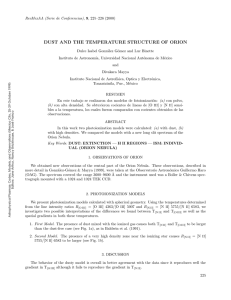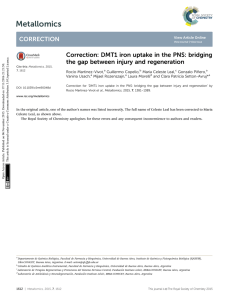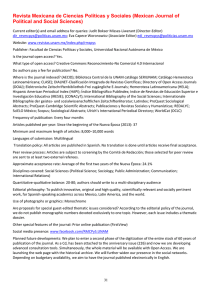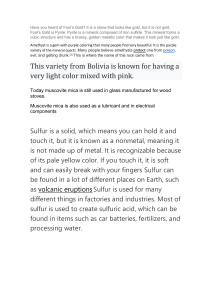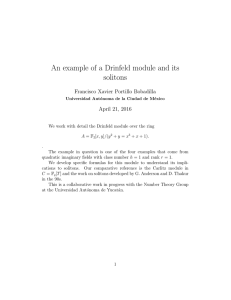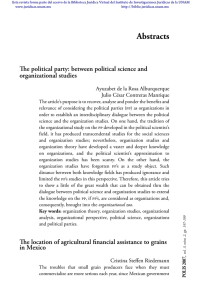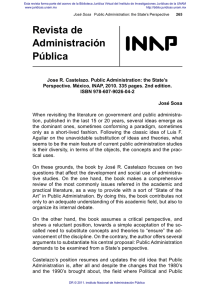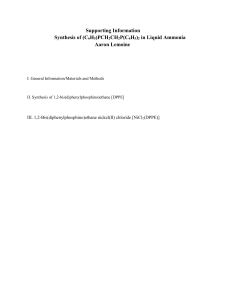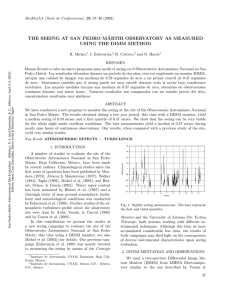Triterpenoids from Hippocratea excelsa. The Crystal Structure of 29
Anuncio
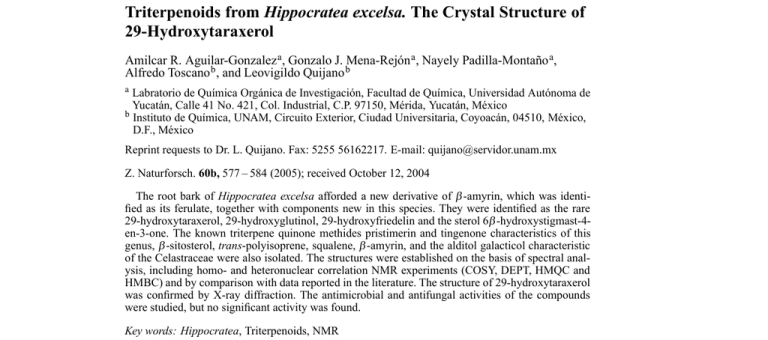
Triterpenoids from Hippocratea excelsa. The Crystal Structure of 29-Hydroxytaraxerol Amilcar R. Aguilar-Gonzalez a, Gonzalo J. Mena-Rejón a , Nayely Padilla-Montaño a, Alfredo Toscano b , and Leovigildo Quijano b a Labratorio de Quı́mica Orgánica de Investigación, Facultad de Quı́mica, Universidad Autónoma de Yucatán, Calle 41 No. 421, Col. Industrial, C.P. 97150, Mérida, Yucatán, México b Instituto de Quı́mica, UNAM, Circuito Exterior, Ciudad Universitaria, Coyoacán, 04510, México, D.F., México Reprint requests to Dr. L. Quijano. Fax: 5255 56162217. E-mail: [email protected] Z. Naturforsch. 60b, 577 – 584 (2005); received October 12, 2004 The root bark of Hippocratea excelsa afforded a new derivative of β -amyrin, which was identified as its ferulate, together with components new in this species. They were identified as the rare 29-hydroxytaraxerol, 29-hydroxyglutinol, 29-hydroxyfriedelin and the sterol 6β -hydroxystigmast-4en-3-one. The known triterpene quinone methides pristimerin and tingenone characteristics of this genus, β -sitosterol, trans-polyisoprene, squalene, β -amyrin, and the alditol galacticol characteristic of the Celastraceae were also isolated. The structures were established on the basis of spectral analysis, including homo- and heteronuclear correlation NMR experiments (COSY, DEPT, HMQC and HMBC) and by comparison with data reported in the literature. The structure of 29-hydroxytaraxerol was confirmed by X-ray diffraction. The antimicrobial and antifungal activities of the compounds were studied, but no significant activity was found. Key words: Hippocratea, Triterpenoids, NMR

